Citizenship

View the online exhibits that connect the Right and Honourable John G. Diefenbaker with the theme of citizenship by looking for this blue maple leaf icon! To view all exhibits related to Diefenbaker's legacy, please click on the blue maple leaf icon.

If you are a teacher interested in materials for your classroom, look for the grey in-class materials icon! All online exhibits with this icon can be viewed in the classroom and supplemented with free, downloadable educational activities and printables. To view the associated in-class materials, click on the icon or visit our in-class materials page.
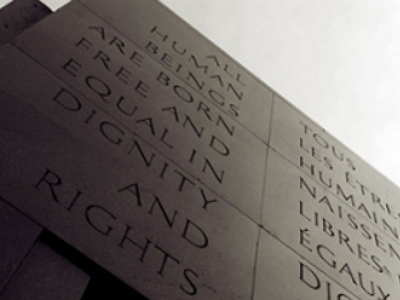
Unity, Diversity, & Justice
(1867-present) 
Canada’s approaches to human rights have developed from a long history of precedent-setting legislation and acts, but with these successes have come disappointments. View this online exhibit to learn more about how these experiences have shaped and informed Canadians’ attitudes toward unity, diversity and justice — at home and internationally.
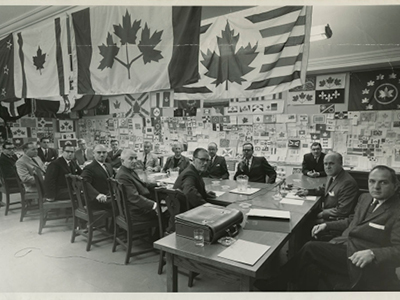
A Leaf of Their Own: Searching for a National Flag
(1871-1965) 
The Maple Leaf flag has served as a distinctively Canadian symbol since February 15, 1965, when it was first raised on Parliament Hill. However, the search for a new national flag was marred in controversy. This online exhibit explores the social and political context of what became known as the Great Flag Debate.
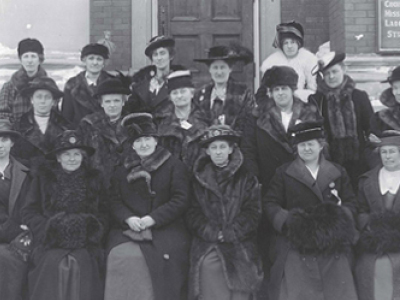
Sisters United: Women's Suffrage in Saskatchewan
(1876-1985) 
Sisters United: Women’s Suffrage in Saskatchewan tells the stories of women who led the movement that resulted in the achievement of the provincial franchise in 1916. Within a rapidly changing society, these suffragists were agents of change whose efforts were the first steps toward women’s equity rights, greater social reform and political justice in Saskatchewan.
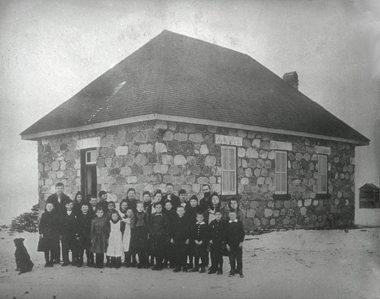
Little Stone Schoolhouse on the Prairie
(1887-present)
View this online exhibit to explore what school was like during the late 1800s and early 1900s in Saskatchewan, view historical photographs, learn about the construction and relocation of the original Victoria School, and learn about how the Little Stone Schoolhouse is used today.
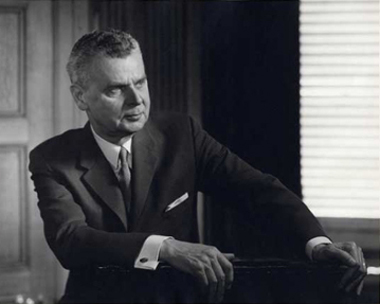
Fostering a Vision for Canada
(1895-1979) 
This online exhibit explores the life of John G. Diefenbaker starting from his birth in Neustadt, Ontario until his death on August 16, 1979. The exhibit moves through his life as a visionary, a lawyer, and a Prime Minister and delves into his One Canada dream, his relations with the USA, his devotion to the monarchy, his bond with the “average Canadian”, and the love he had for his family. View this online exhibit to learn about the impact that John G. Diefenbaker's had on Canada in his own time and today.
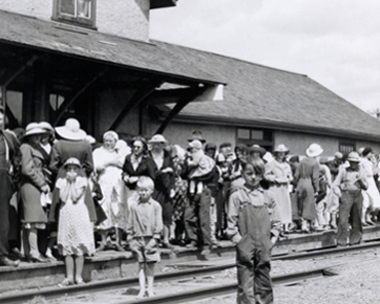
Flight & Resilience: Mennonites of Saskatchewan
(1895-present)
Flight & Resilience: Mennonites of Saskatchewan tells the story of those who immigrated to Saskatchewan from Europe to escape political and economic conditions that threatened their lives, conscience, and community cohesion. Visit this online exhibit to learn about the flight of a people in search of a new home.
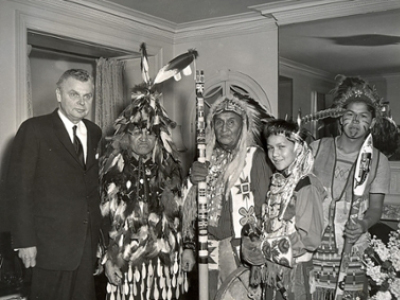
The Enfranchisement of the Aboriginal Peoples of Canada
(1960) 

A dedication to fairness and equality was a driving force of John Diefenbaker’s career. Diefenbaker felt that all citizens were entitled to certain essential rights, despite cultural differences. Throughout his political career he attempted to correct certain aspects of Canada’s past injustices, and his government took steps to create harmony between the Federal Government and First Nations peoples.

Victorian Christmas: In the Classroom and the Home
(1837-1901)
In this exhibit, you will learn how Victorian children celebrated Christmas at school and at home with their families! You will also see many historic photos, fun family-friendly information and links to games, crafts, and printables. At the end of the exhibit, a supplemental learning section provides a more detailed look at the history of Victorian Christmas, including the origins of famous Christmas figures throughout the world.
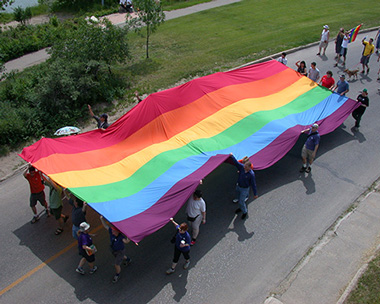
Pride on the Prairies
(1970s-2020)
Pride on the Prairies: Queer History in Saskatchewan takes a look at the history of activism and Pride in the province. It includes information on the history of human rights in Saskatchewan and the community organizations, protests, and activism that made Pride possible.

